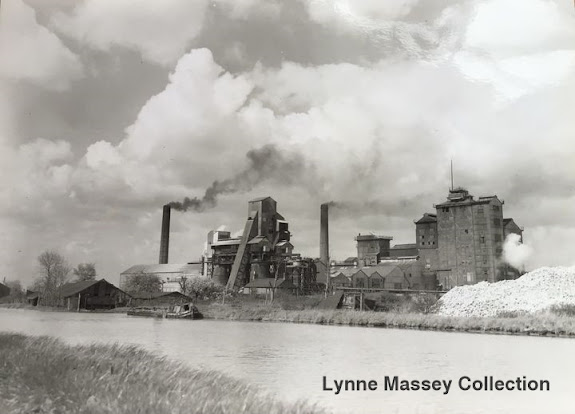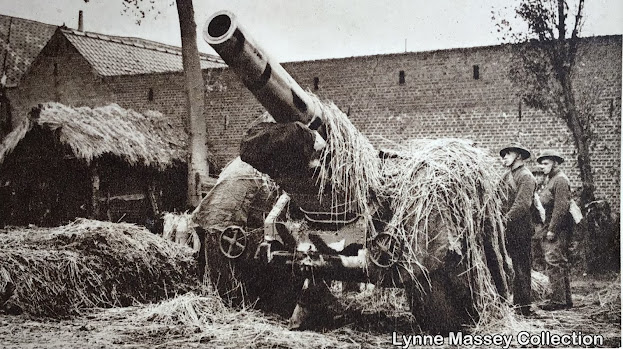 |
| MIDDLEWICHDIARY@AOL.COM |
FRIDAY 21st JUNE 2024
We've been away for a few days, for obvious reasons. But now we're back to pass on any news of forthcoming happenings in Middlewich which come our way. Please email us on the address above if you've anything you think we should know about.
The Cheshire Folk Show can now be heard every Sunday at 6pm on FEELGOOD THROWBACKS RADIO, broadcasting from THE WHITE HORSE BUSINESS CENTRE in Lewin Street, Middlewich. From Sunday 30th the show will be extended to two hours, from 6 until 8pm.
FGTB RADIO LIVE LINK
This Sunday:
 |
Coming soon:
Middlewich Diary editorials are as rare as hen's teeth. They represent my view and my view alone as distinct from the 'view of the Middlewich Diary', whatever that may mean. As, despite what anyone may try to tell you, I'm not opinionated and can usually see both sides of any given argument, it's not necessary in most cases to make the distinction.
But I thought I'd say a little something about narcissists. Some will know why I mention this phenomenon, and some will be, and will remain, in blissful ignorance.
A narcissist has an unshakeable belief in his or her abilities. They're prone to boastfulness and claiming powers and intellect way beyond their actual capacity. They're never wrong about anything, and they take criticism, even constructive criticism, as a personal insult, leading them to lash out at their perceived 'attacker' with a venom which sometimes beggars belief. They'll tell lies about people and then claim to have been lied about. It's called 'projection'. Narcissists will insult and belittle their 'enemies' with an intense fury, and when challenged will claim to be the victim. They're adept at getting people on their side, as they so often have the 'gift of the gab' and find it easy to fool the gullible, who'll defend them against all comers. They have no sense of humour about themselves and will see the smallest joke aimed at them as a major attack, warranting retribution. Narcissists are never able to admit mistakes and would rather die than do so. If they do manage to gain any power or status in a community, when they lose that power or status they're unable to stand the loss and will go into meltdown, lashing out at everything and everyone. It's tempting to say, 'there but for the grace of God go I' and conclude that they are more to be pitied than censured. But no, they can cause such damage to a community that they must be identified, so they can do no further damage. There are narcissists in Middlewich, just as there are everywhere else. Once you know the signs and symptoms it is so easy to spot them. So please don't be gullible. Watch out for the signs. But if you know someone who is an obvious narcissist and you're still enabling them, then shame on you.
Dave Roberts









































